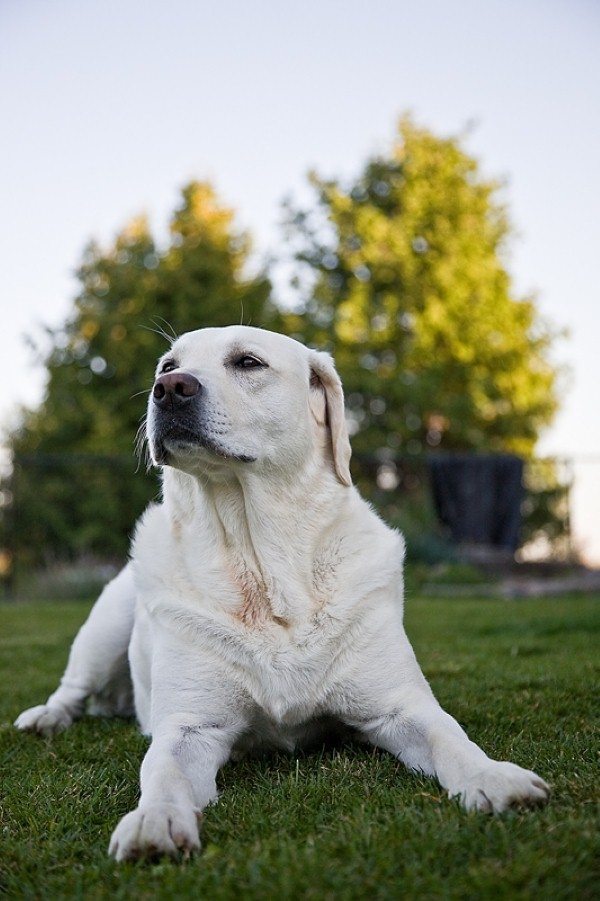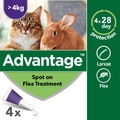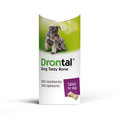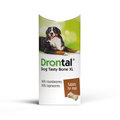
Positive reinforcement is an important part of dog training. It helps to encourage dogs to behave in the way you want them to and enables you to form a stronger bond with your pet.
However, if they are used in the wrong way then dogs may become too reliant upon treats. In some cases, your pooch may even lose the motivation to behave in a good way if you give him too many treats or if you reward him with things that he eats every day.
The best types of positive reinforcement are praise and food. When used in the correct way, these can be powerful tools for training your dog.
Follow our top tips below to get the best out of your pet.
Types of reward
Be sure to use a treat that your dog is likely to respond to and enjoy. The treat could be a snack or toy of some sort.
It should be something that your dog will not be able to resist. You should keep a number of different rewards handy, and see which one works best.
Alternatively, petting or praising your pet with a command such as 'good dog' can work just as well.
Timing
Timing is everything when it comes to reinforcing positive behaviour. When your dog does something you want him to, make sure you reward him immediately with a treat, to make it clear that is the behaviour you want to encourage.
However, if you reward your dog sometime later, or indeed when he has started doing something you do not want him to, it can have the opposite effect.
You could also combine this with making a certain sound or gesture when your dog does something good, in order to make it easier for your dog to associate his behaviour with the treat.
It also means that should that reward no longer be available, the dog will still respond to the sound.
Be consistent
If you are inconsistent with the commands you use, or with the timing, then this may cause your dog to become confused and you may inadvertently end up rewarding undesirable behaviour.
Similarly, if you forbid your dog from jumping onto your bed, and then later invite him onto it, then this will create further confusion.
Don't overuse treats
Using treats can be a great way of rewarding your pooch for positive behaviour. However, if you overdo it, he may become too dependent on the treats and behave in a negative way in order to obtain them.
Do not make things too complicated
Keep commands as short and clear as possible. For example, if you want your dog to catch a ball, the phrase 'catch' would work better than 'catch the ball'.
The shorter and more concise your instructions are, the more likely it is your dog will be able to understand them.
You should also ensure that the same commands are used by different family members and anyone else who may be involved in training the dog.
Know when to give treats
Knowing when to reward your dog is another big part of the picture. We recommend you use treats every time your dog repeats the good behaviour.
This is called continuous reinforcement. Once your dog starts to form the correct habits, then you may want to revert to using positive reinforcements every now and again.
However, you should not decrease the treats too quickly, otherwise it may cause your pooch to behave badly.
Patience
Patience is really key when training your dog. It can take a while for a dog to learn new habits and behaviours, so avoid rushing the process too much, otherwise it can cause your pooch to become frustrated.
Sometimes the most effective technique is to reinforce a behaviour that is close to the desired habit and then gradually require more from your dog before he gets the reward.
Keep it short and sweet
Try to avoid lengthy and tiring training days. Instead, you want to make it as fun as possible for your dog .
Maybe you can work the training session into an exercise routine, or turn it into a game. The more positive and fun you can make it for your pet, the better he is likely to respond.
Written by: Declan








